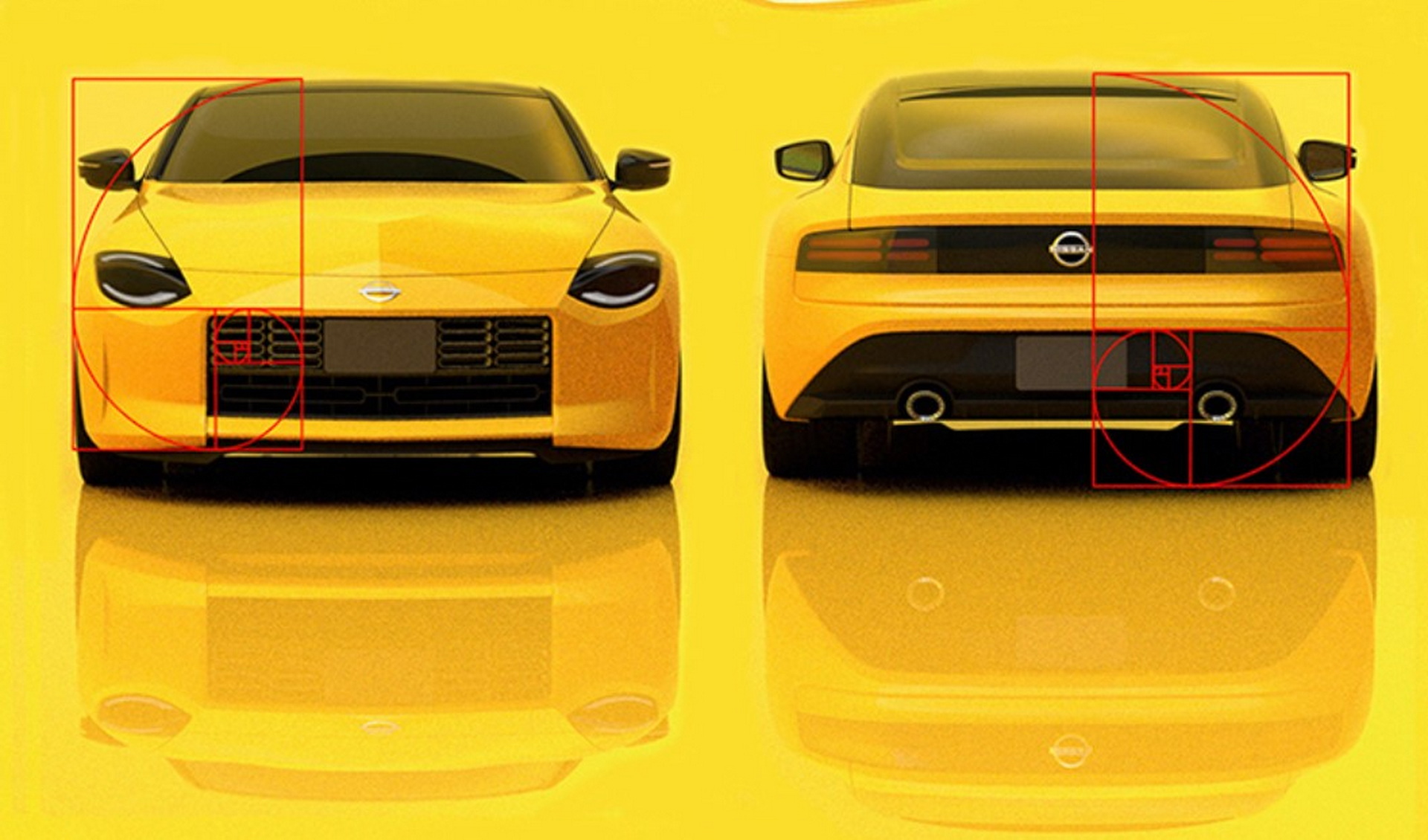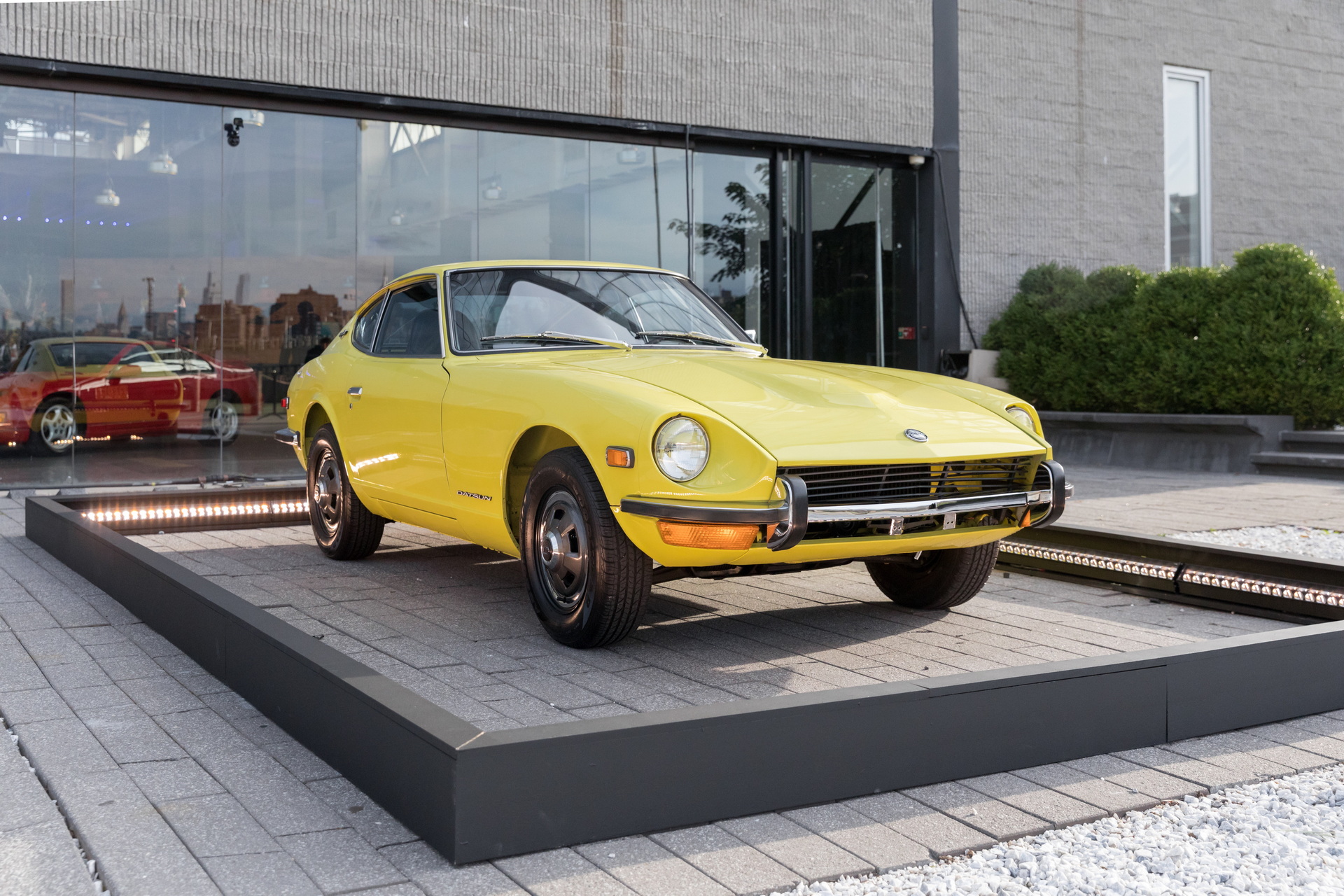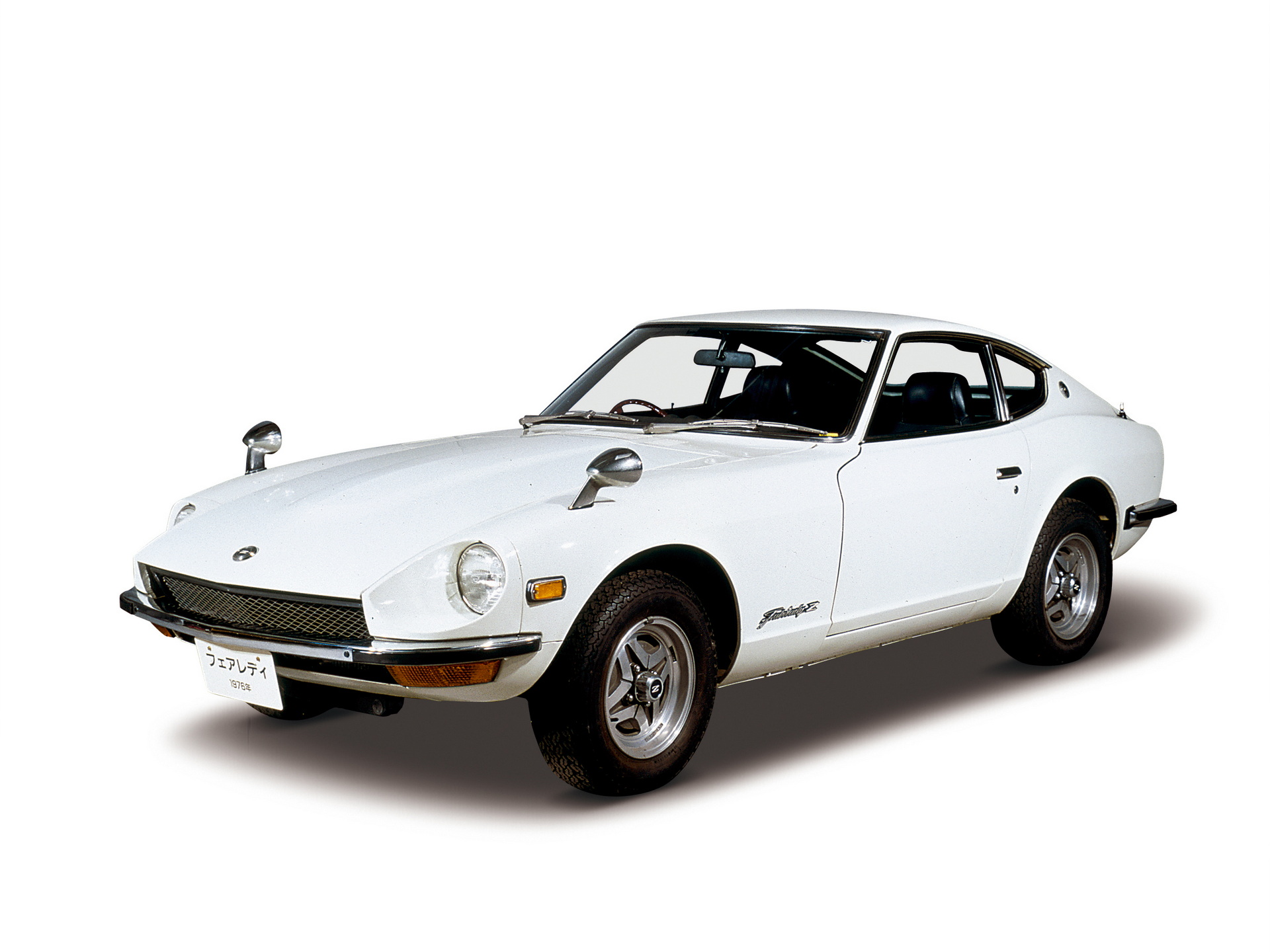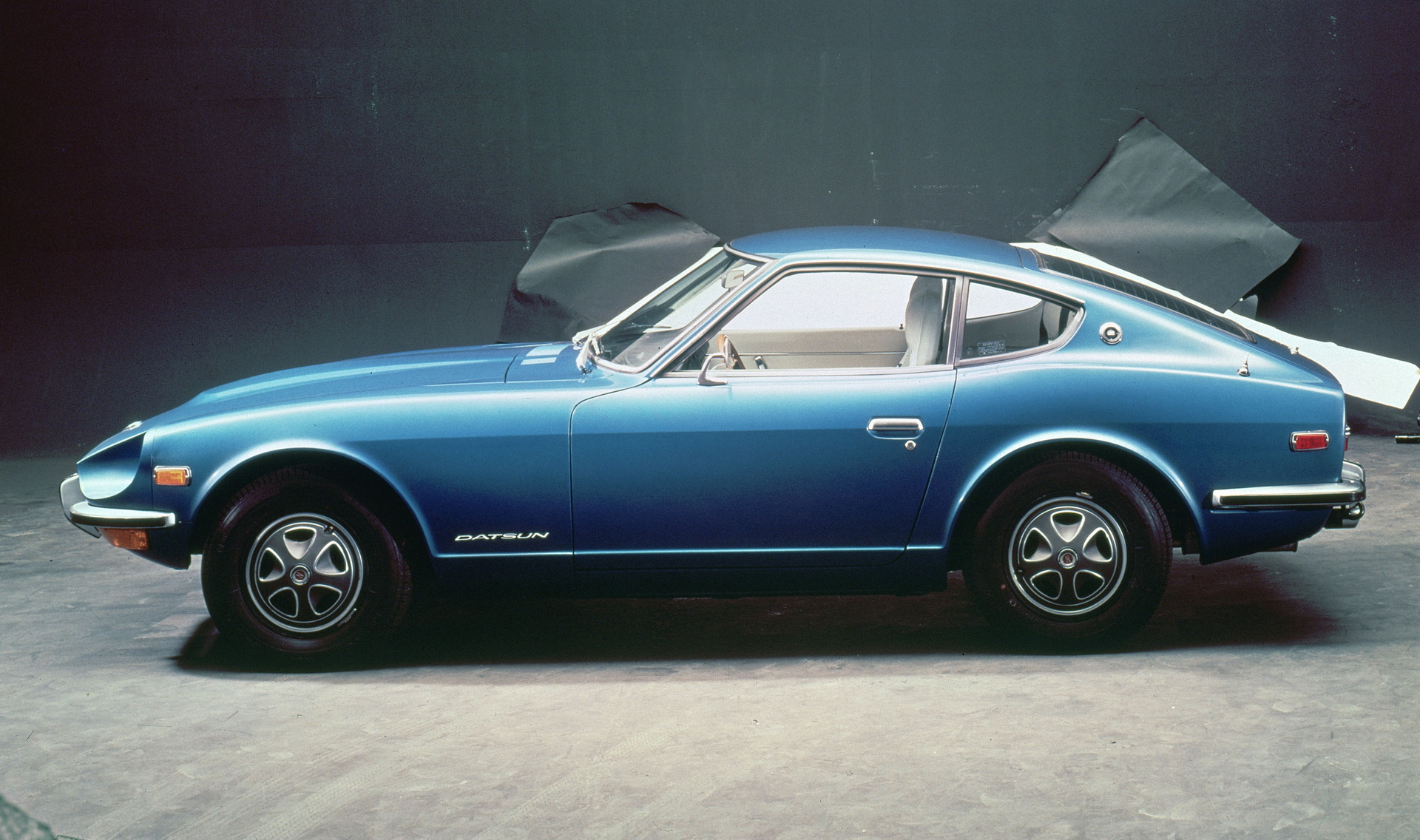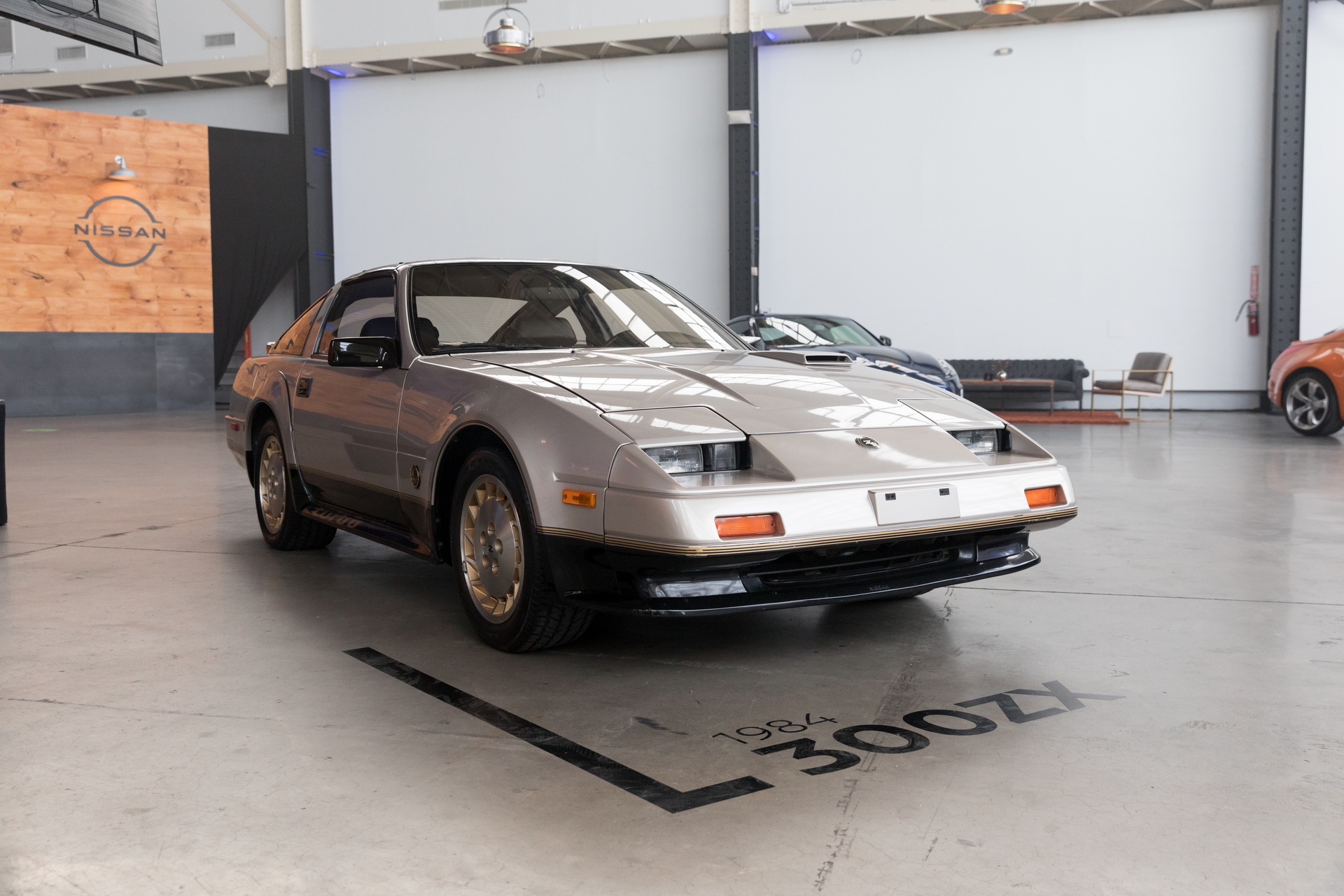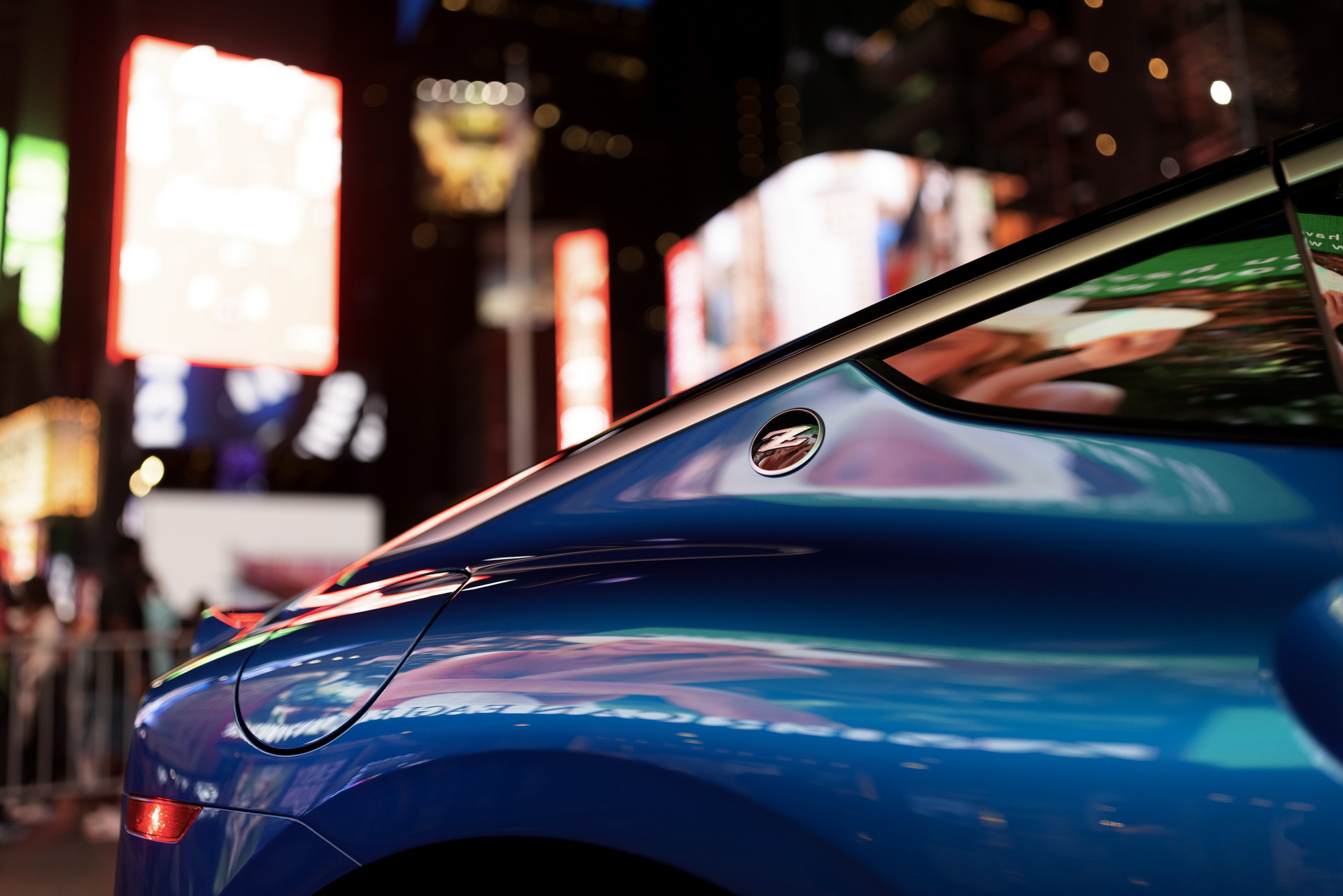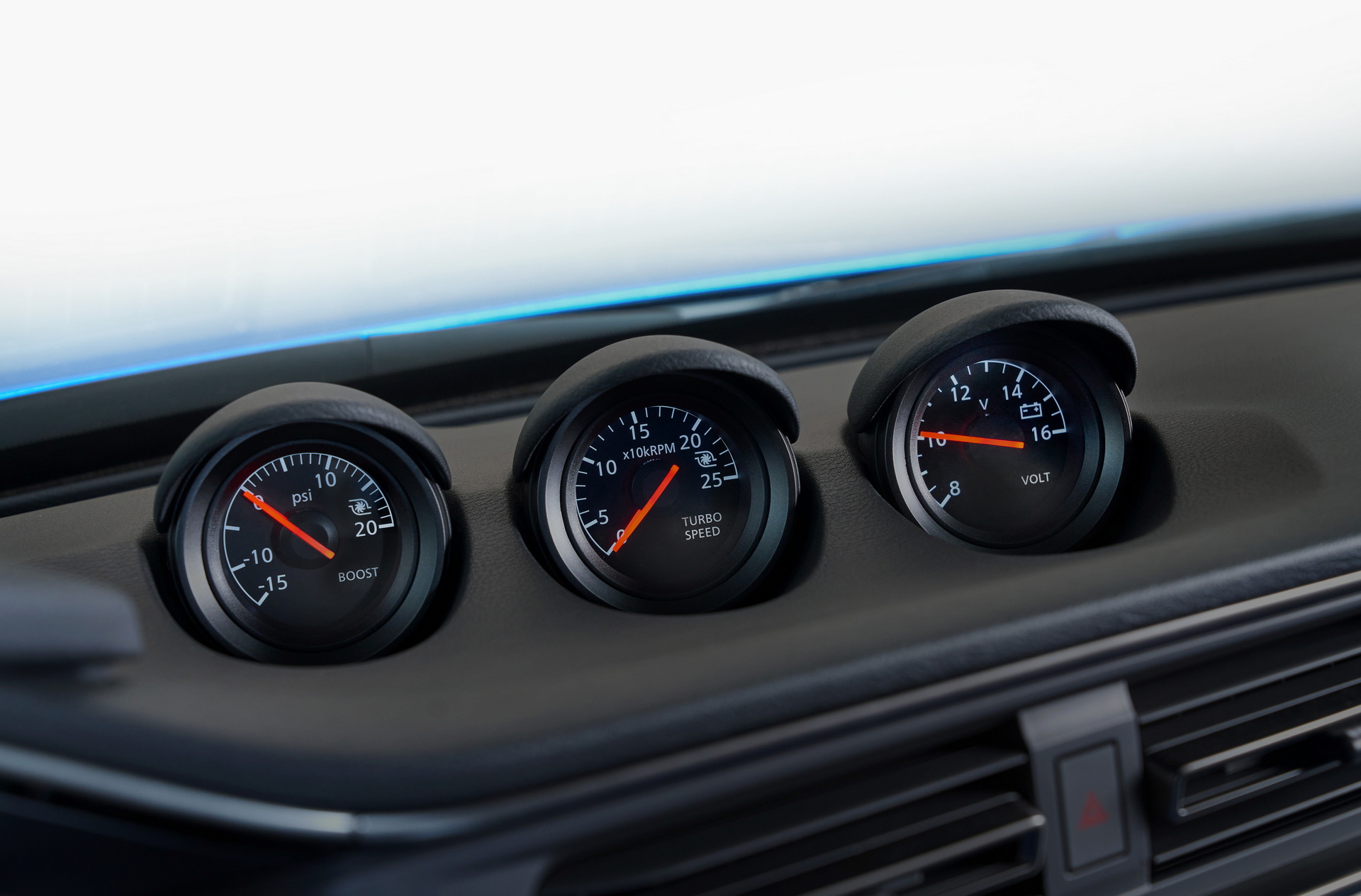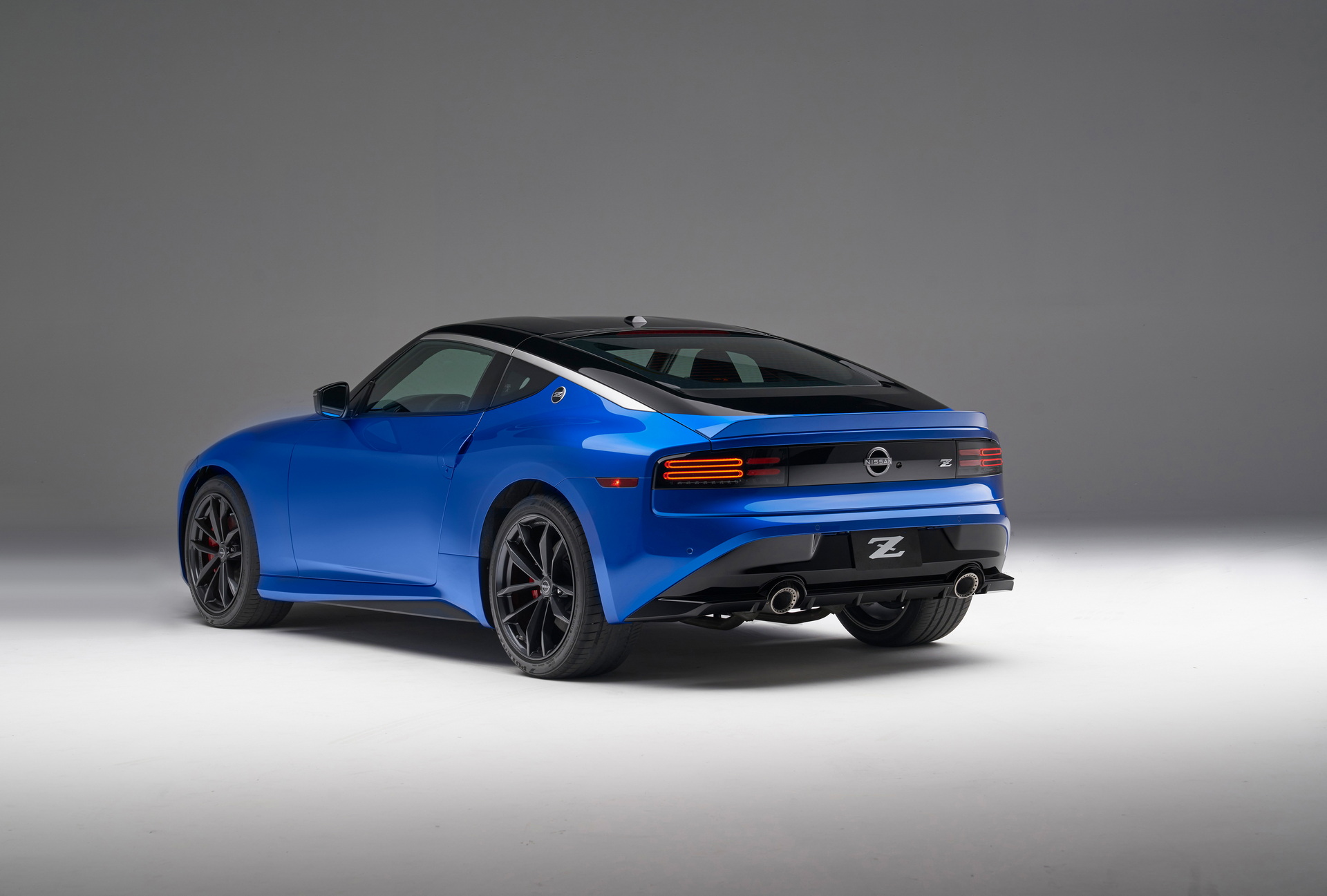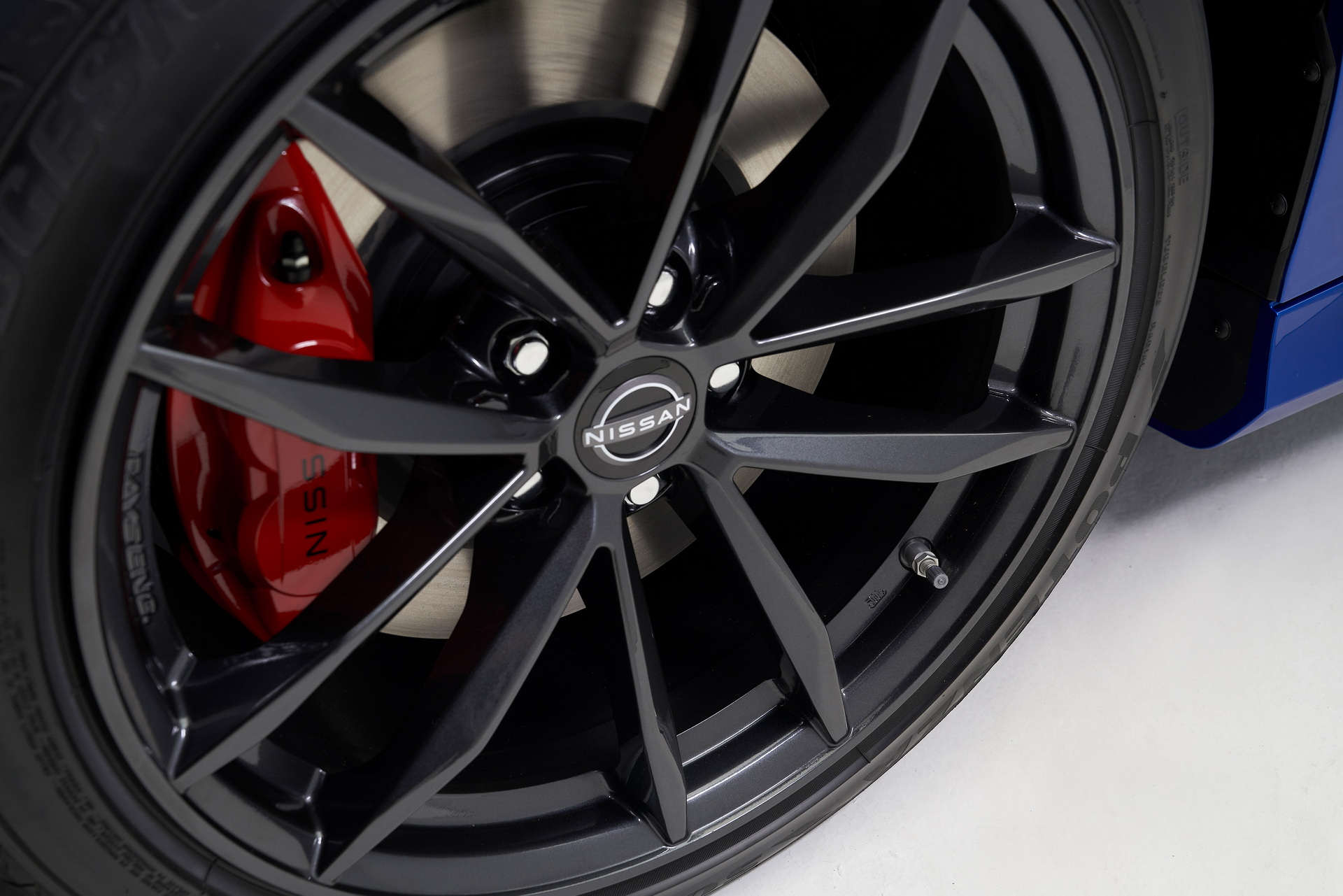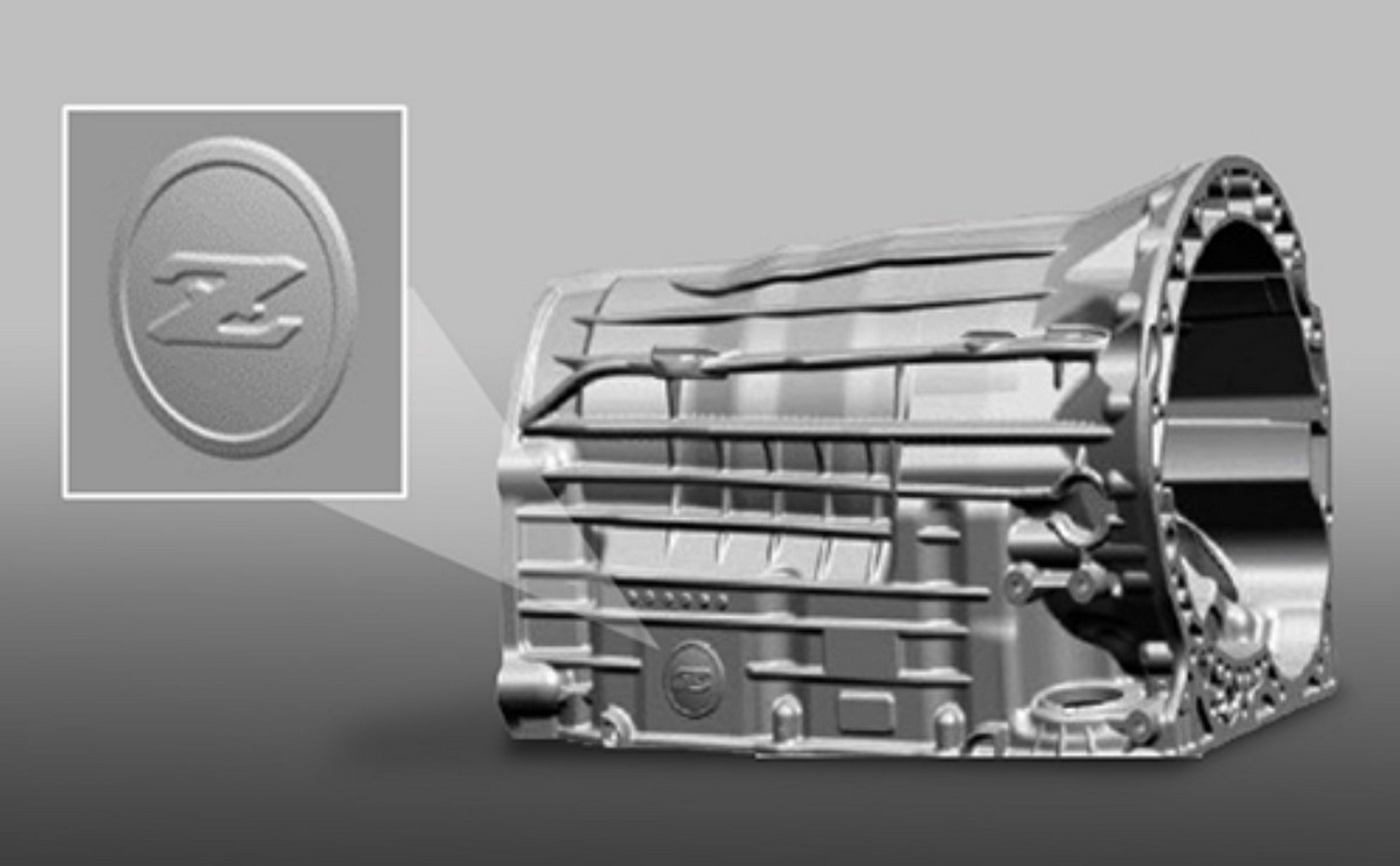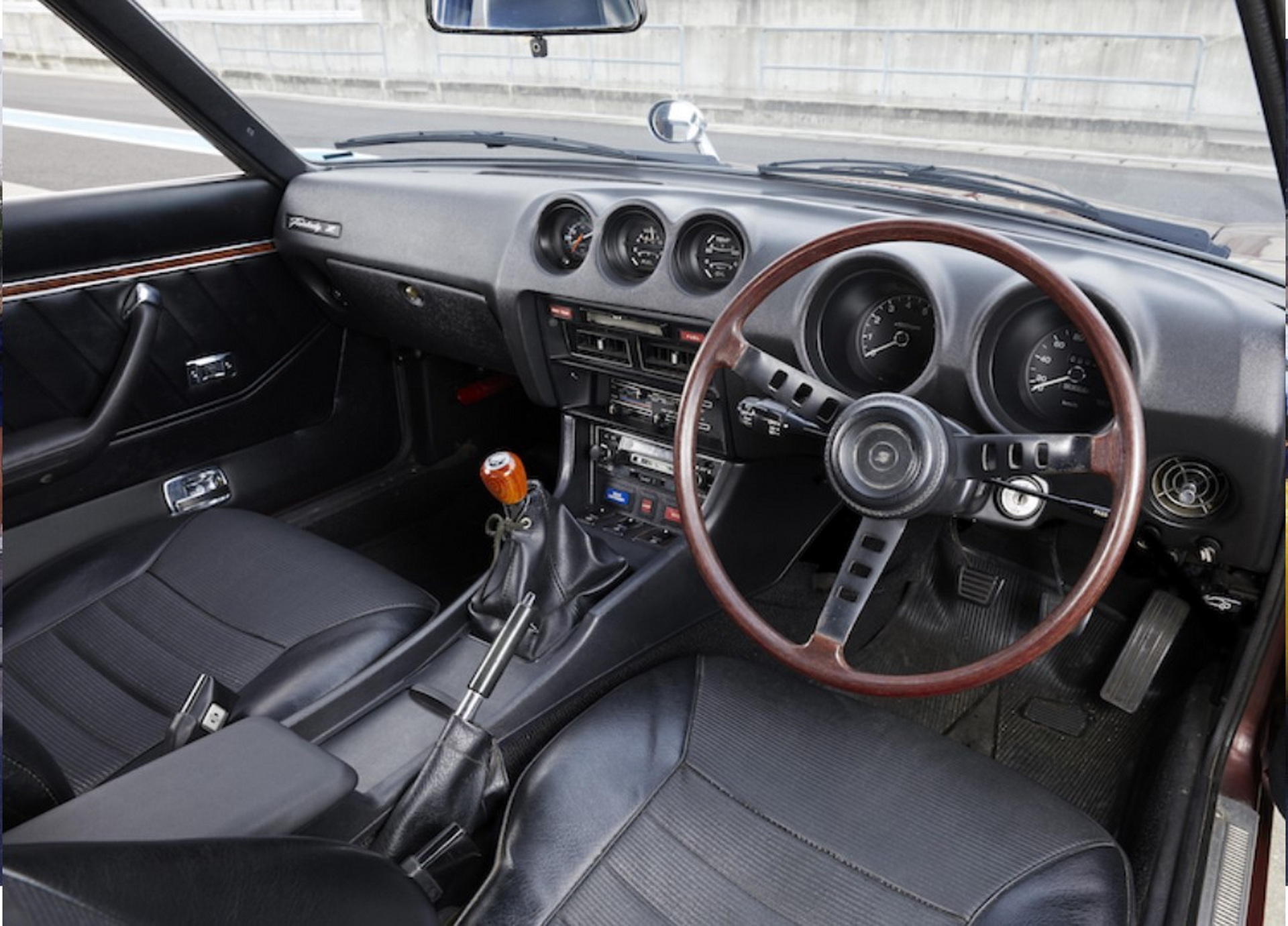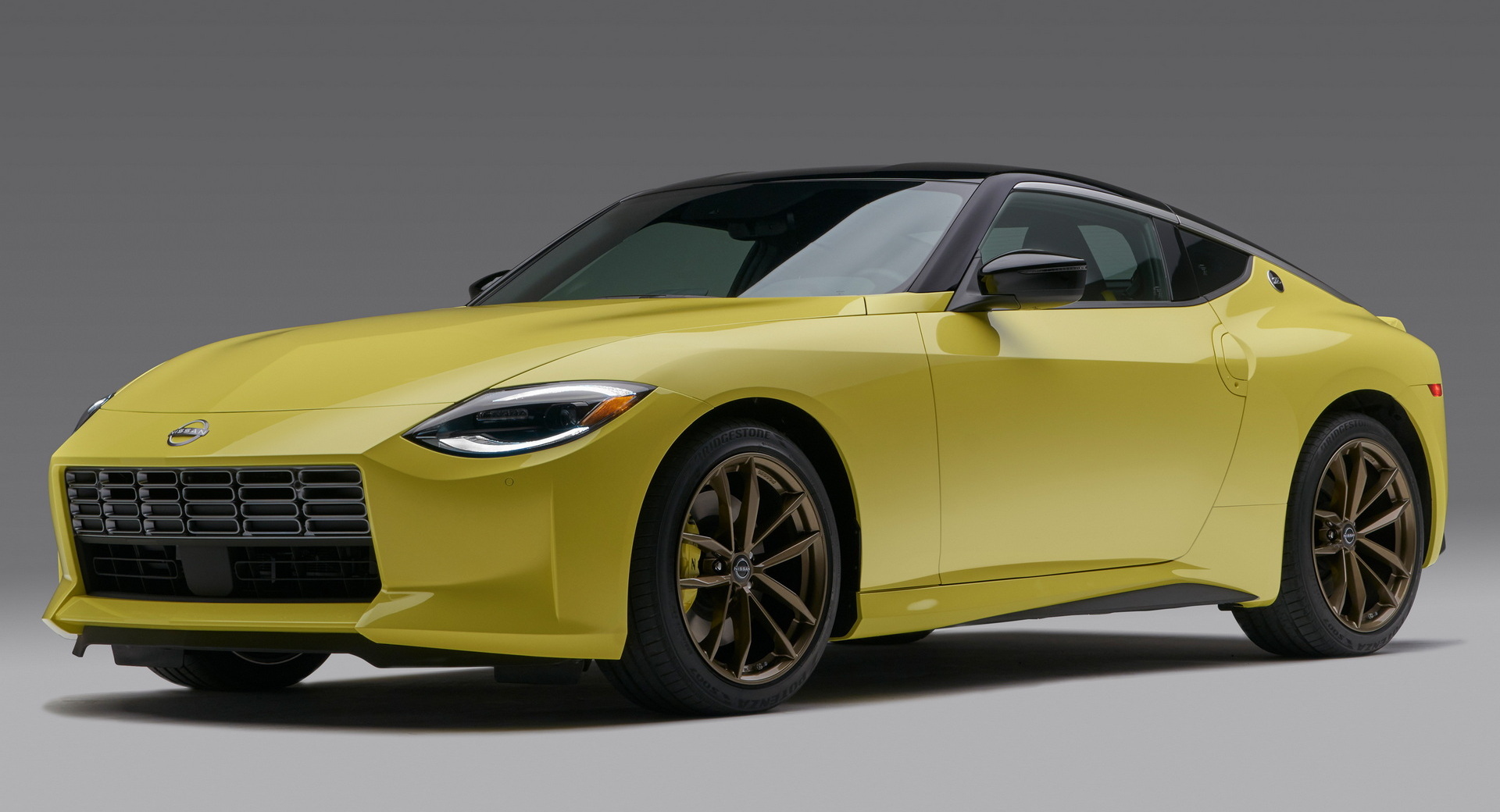Just one look at the new Nissan Z and it’s clear to see that the designers took inspiration from the automaker’s, and more specifically the Z line of sports cars, past. But the nods to the past go much deeper than just the side profile of the car, and Nissan has decided to show where some of the car’s subtler inspiration and references came from.
Exterior
Naturally, the first-generation 240Z was one of the most important points of reference for Nissan’s designers, but old designs don’t always translate to modern cars as a result of changing proportions. That’s why the “Golden Ratio,” the mathematical concept that is found in art and nature, was used to ensure that the car would be pleasing to look at.
On a number of elements of the new Z, the Golden Ratio was used to ensure that the relationship between different aspects of the design fit well together and to create “a natural beauty and pleasing aesthetic.”
Read Also: Here’s How The New Nissan Z Came To Be, According To Two Of Its Designers
The silver roof element that extends from the A-pillar past the rear window, meanwhile, was inspired by the shape and color of a katana blade, more commonly known as a samurai sword. A nod to Nissan’s Japanese heritage, the sword also serves as inspiration for the car’s 19-inch wheel design.
The inspiration for the “Z Bulge” in the hood, the rectangular grille, the headlight shape, and the Z badge on the C-pillar all go back to the original Z models, but not all references are so old as the rear-quarter glass was inspired by the much more recent 370Z.
The rear end, meanwhile, was inspired by the Nissan 300ZX. The taillight shape comes from the Z32 model and the black-out rear section can be found on both the Z32 and Z31 models.
Not all of the design cues are so obvious, though. The transmission case on the 9-speed automatic gearbox features a Z badge that can be seen from under the vehicle. Hidden in the rear window, meanwhile, is the phrase “Since 1969,” a reference to the year the first Z car was launched.
The yellow exterior paint color is called Ikazuchi Yellow and pays homage to the hue previous Z cars were sold in. Chosen by Yutaka Katayama, who ran Nissan’s U.S. operations in the 1970s and is widely known as the father of the Datsun Z, the color was originally chosen to contrast against blue skies.
Interior
The design of the car’s interior also adopt some long-standing traditions in the Z family. The general horizontal layout of the dash and the well-defined center console have been hallmarks of the brand since the very beginning. The new model also has three gauges on the center of the dash, a feature that has been present in all previous Z cars.
Even the air vents have been considered. Placed high and in the middle of the center cluster, they are supposed to reduce visual noise in the driver’s line of sight, allowing them to focus more on the road.
The new tachometer, meanwhile, features a shift light that was inspired by motorsport. The redline is oriented straight up on the tach itself, a decision made to make it as easy as possible to read. Both were suggestion made by professional race driver Tsugio Matsuda, who drives the GT500 Nissan race car.
Powered by a 400 hp (405 PS/298 kW) twin-turbo V6, the 2023 Nissan Z will be available in the spring of 2022 with prices starting at around $40,000.





